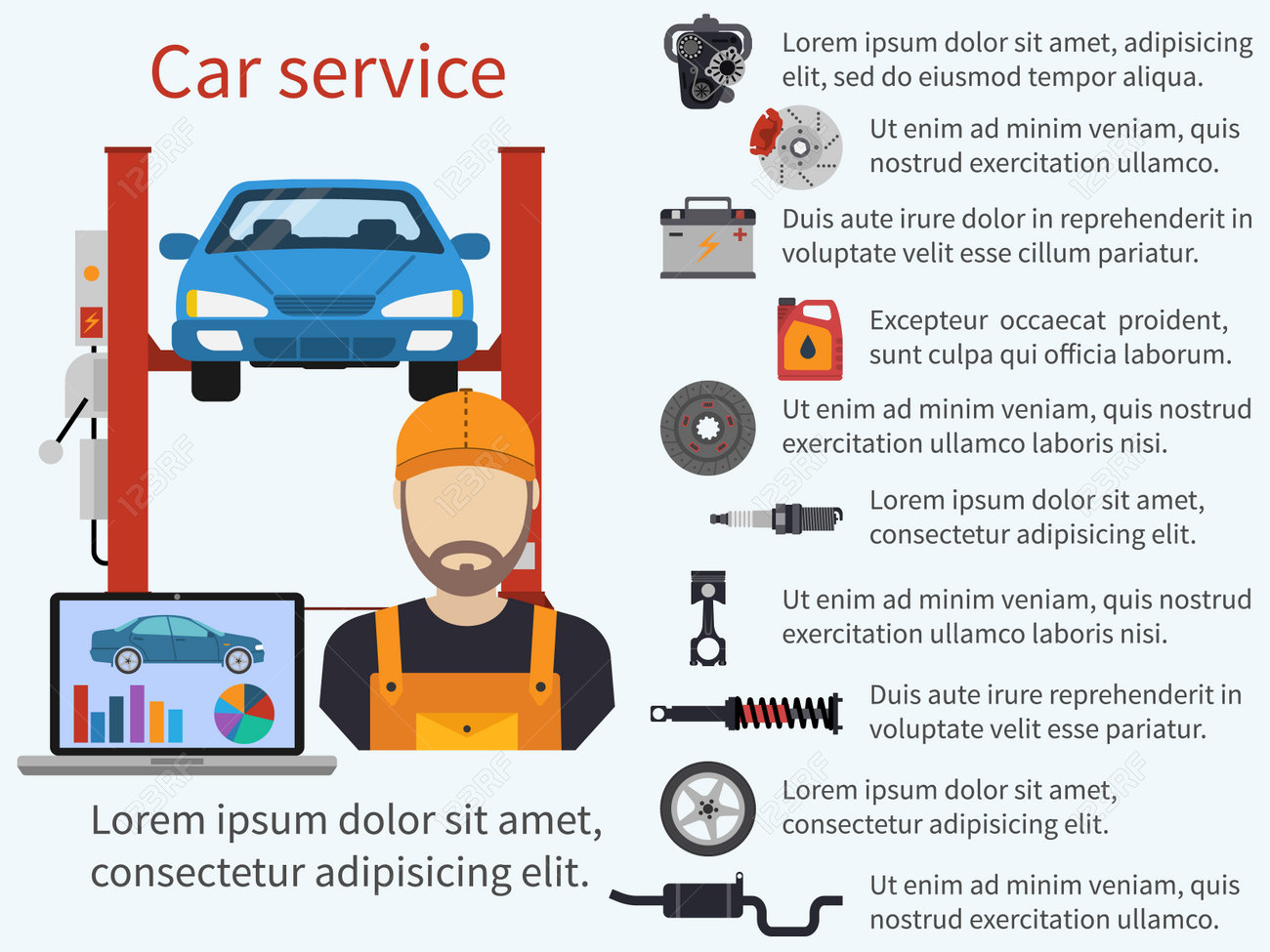Interpreting Your Automobile'S Alert Lighting: Their Real Ramifications
Interpreting Your Automobile'S Alert Lighting: Their Real Ramifications
Blog Article
Material Develop By-Boye Dalgaard
When you lag the wheel, those beautiful caution lights on your control panel can be a bit perplexing. Do you recognize what they're trying to tell you about your car's wellness? Comprehending the importance of these lights is essential for your safety and the long life of your vehicle. So, the following time one of those lights turns up, wouldn't you intend to understand its message properly and take the required steps to resolve it?
Common Caution Lighting and Interpretations
Recognize common caution lights in your auto and recognize their significances to make sure secure driving.
The most typical warning lights consist of the check engine light, which indicates concerns with the engine or discharges system. If this light begins, it's vital to have your lorry inspected promptly.
The oil stress cautioning light shows reduced oil stress, calling for instant focus to stop engine damages.
A flashing battery light might recommend a malfunctioning charging system, possibly leaving you stranded if not dealt with.
The tire pressure monitoring system (TPMS) light signals you to reduced tire stress, affecting car security and gas effectiveness. Disregarding this might bring about harmful driving problems.
The abdominal muscle light suggests a trouble with the anti-lock stopping system, compromising your capacity to stop promptly in emergency situations.
Last but not least, the coolant temperature level cautioning light warns of engine getting too hot, which can lead to severe damages otherwise resolved promptly.
Understanding these usual caution lights will certainly aid you attend to problems promptly and keep secure driving problems.
Relevance of Prompt Attention
Recognizing the usual caution lights in your automobile is only the very first step; the value of without delay addressing these cautions can't be emphasized sufficient to guarantee your safety on the road.
When a caution light brightens on your dashboard, it's your car's way of connecting a possible problem that needs focus. Disregarding these cautions can result in extra severe problems later on, jeopardizing your safety and potentially costing you more out of commission.
Trigger interest to warning lights can avoid failures and crashes. As https://seekingalpha.com/article/4458879-oreilly-automotive-a-diamond-in-the-auto-retail-market , a flashing check engine light can show a misfire that, if left neglected, might create damages to the catalytic converter. Addressing this promptly can conserve you from a pricey repair service.
Similarly, a brake system advising light might signify low brake liquid or worn brake pads, essential parts for your safety when driving.
Do It Yourself Troubleshooting Tips
If you see a warning light on your dashboard, there are a few DIY repairing suggestions you can attempt prior to seeking professional aid.
The first step is to consult your cars and truck's guidebook to comprehend what the specific warning light indicates. Sometimes https://brakepadsnearme39506.tusblogos.com/30297261/tips-for-locating-a-dependable-auto-repair-shop-near-you can be as basic as a loose gas cap triggering the check engine light. Tightening the gas cap might fix the problem.
Another typical concern is a reduced battery, which can cause different alerting lights. Checking the battery links for deterioration and guaranteeing they're safe may take care of the problem.
If a warning light persists, you can attempt resetting it by separating the cars and truck's battery for a few mins and afterwards reconnecting it. Additionally, examining your car's liquid levels, such as oil, coolant, and brake fluid, can assist fix advising lights associated with these systems.
Final thought
To conclude, recognizing your automobile's warning lights is vital for keeping your car running smoothly and securely. By quickly resolving these notifies and recognizing what they imply, you can avoid costly repair services and possible breakdowns.
Remember to consult your car's guidebook for certain details on each advising light and take action as necessary to ensure a trouble-free driving experience.
Keep notified, stay risk-free when driving!
